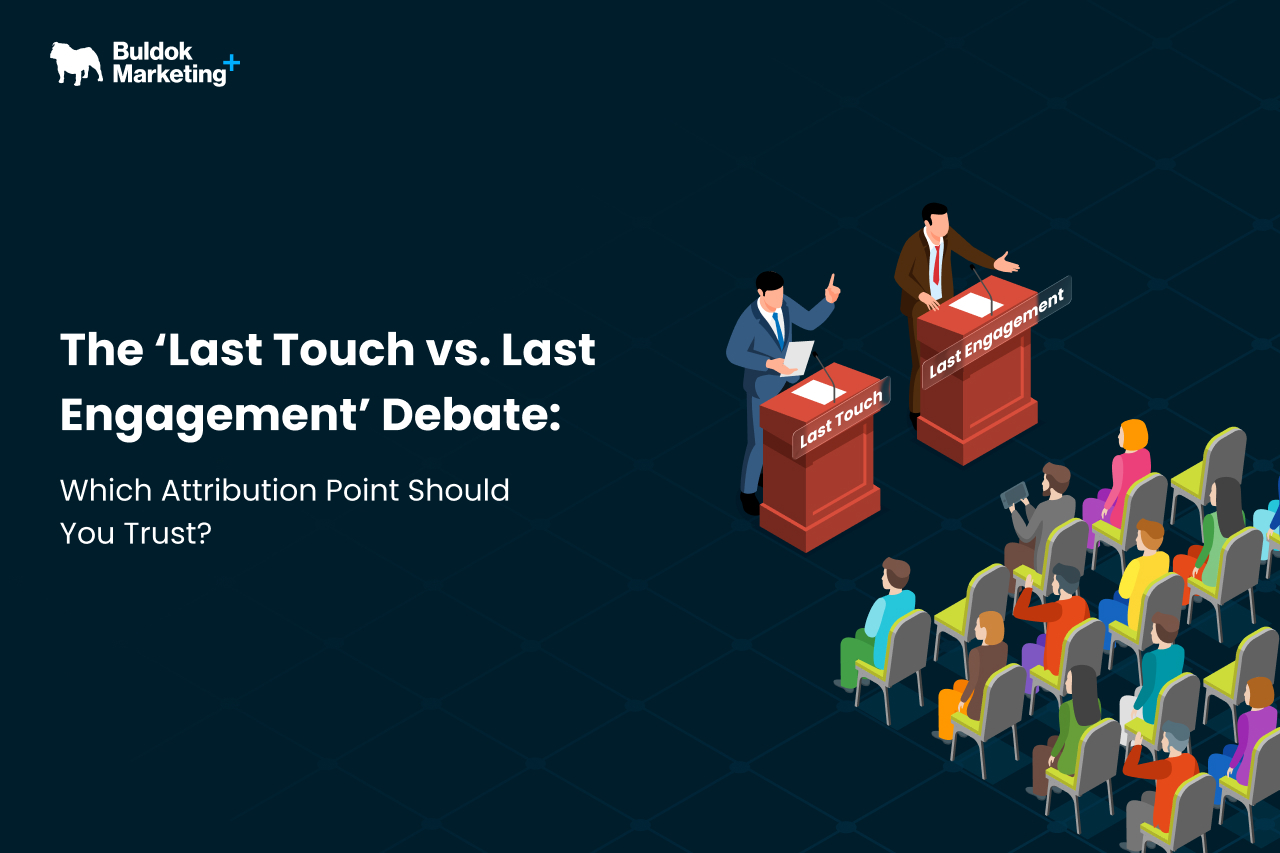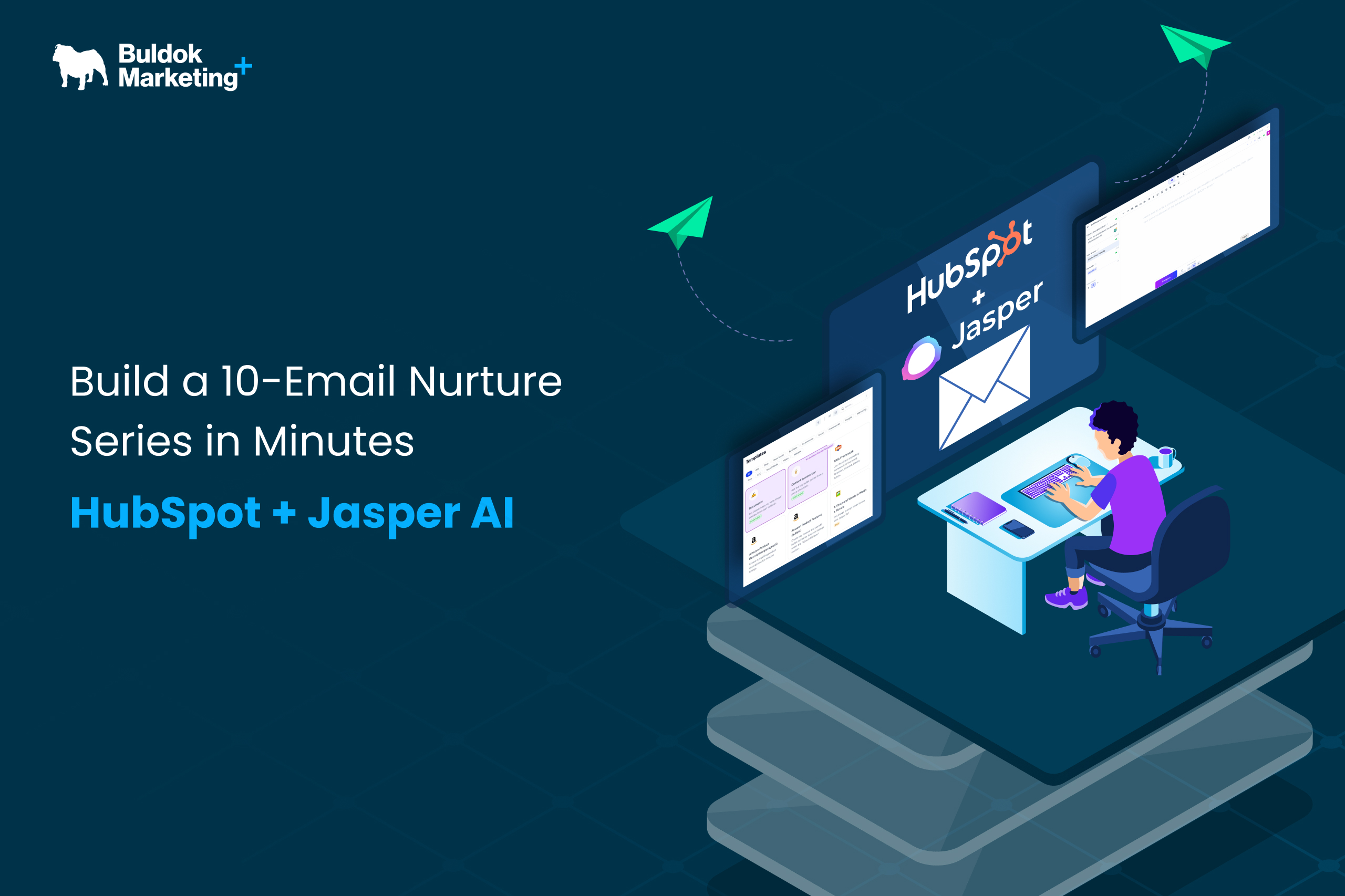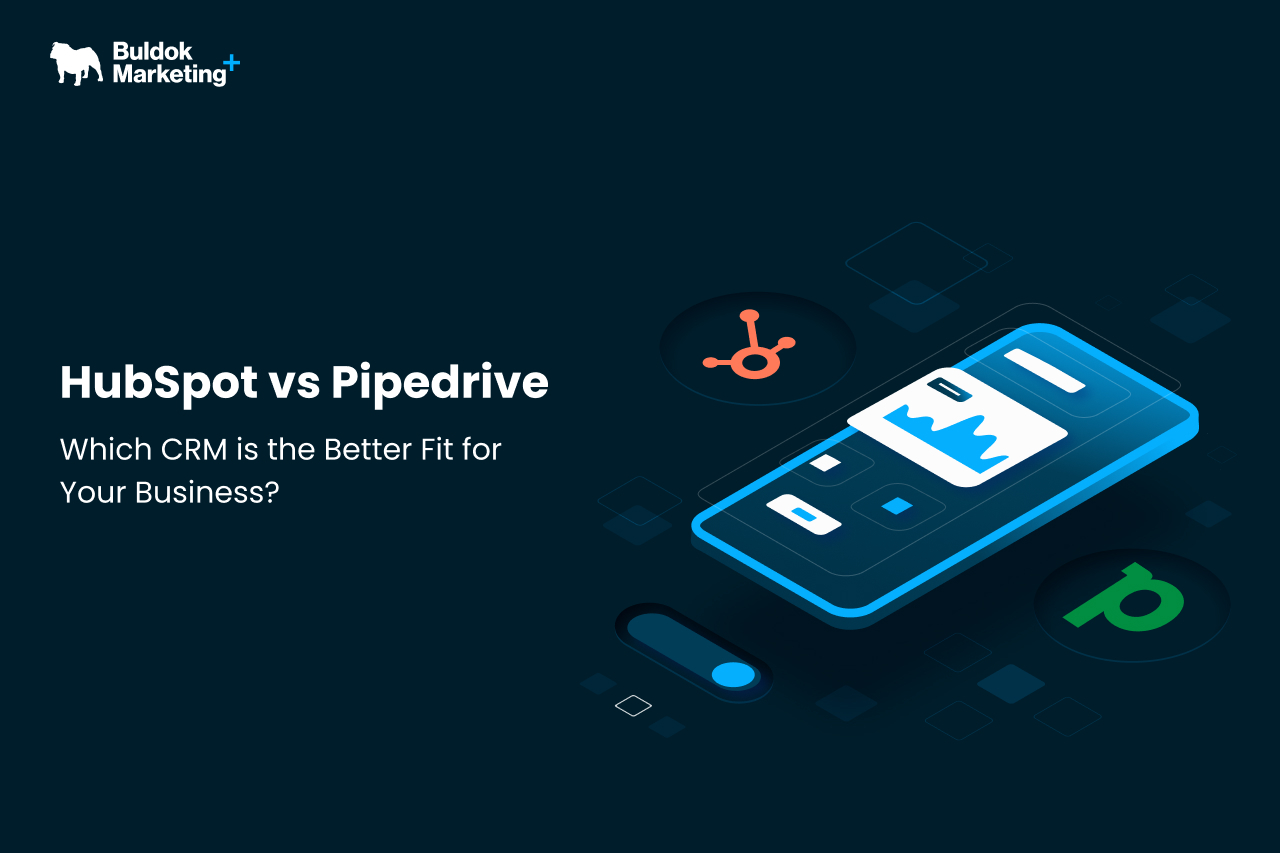Overview
Marketing attribution means a way of figuring out which marketing efforts (ads, social media, emails) led to a customer taking the desired action.
As B2B buyers’ journeys are getting complex, analysing attributions has become more critical.
Prospects rarely convert after a single touchpoint. They read your blogs, attend a webinar, download a whitepaper, and even ignore a few nurture emails. Finally, they click an ad or type in your URL directly to book a demo.
So when it’s time to measure what actually drove the conversion, which action gets the credit? The final click that led to the form submission (last touch)? Or the last meaningful engagement that showed genuine buying intent (last engagement)?
For teams using HubSpot, this is a daily decision that affects reporting, budget allocation, sales alignment, and campaign optimisation.
Let’s take this discussion further and understand what last touch and last engagement mean, their difference, and how to know which one actually aligns with your goals.
Understanding Attribution Models in HubSpot
Attribution modelling is HubSpot’s way of helping you identify which marketing efforts actually contribute to a contact becoming a customer. In short, HubSpot gives you the answer to the “what drove this lead and what didn’t contribute” question.
HubSpot attribution models include:
- First Touch: 100% credit goes to the first interaction (e.g., organic blog visit)
- Last Touch: 100% credit goes to the final interaction before conversion (e.g., Google ad click)
- Last Engagement (Last interaction): Credits the last meaningful action taken by the contact
- Linear: Evenly splits credit across all touchpoints
- U-Shaped: Gives most weight to the first and lead-conversion interactions
- Time Decay: Gives more credit to recent touchpoints
Each model tells a different story. That’s why HubSpot lets you visualise these through multi-touch attribution reports, giving marketers and RevOps leaders a complete and overall view of the journey.
Understanding Last Touch Attribution
Last touch attribution gives 100% of the credit to the final interaction a lead had before converting, whether that’s booking a meeting, filling out a form, or making a purchase.
For instance:
A prospect finds your company through a blog post, later attends a webinar, and finally clicks on a retargeting ad that takes them to your demo request page. In a last touch model, the retargeting ad gets 100% of the credit for that conversion.
Marketers like it because:
- Easy to measure and report
- Clear-cut data source for paid campaigns
- Simplifies budget optimisation for acquisition channels
Where it lacks:
- Ignores the journey: Overlooks all the nurturing that happened earlier in the funnel.
- BOFU bias: Tends to favour bottom-of-funnel (BOFU) efforts like remarketing ads or branded search over awareness-building activities.
- Risk of misallocation: You may end up pumping budget into the final touchpoint while undervaluing earlier stages that have actually influenced the decision.
So while the last touch attribution model is convenient for reporting, it rarely tells the whole story.
Understanding Last Engagement Attribution
Last engagement attribution assigns credit to the final meaningful action a contact takes before becoming a qualified lead or customer, not just the last click or form fill.
For instance:
A prospect reads multiple blog posts, attends a product webinar, downloads a case study, and a week later, types your website URL directly to request a demo. In this case, the last engagement would credit the case study download as the key touchpoint, not the direct visit.
RevOps likes it because:
- Captures human engagement, not just automation triggers
- Highlights readiness to buy or move down the funnel
- Reflects real-world interactions in B2B sales cycles
Where it lacks:
- Not always the final driver: The last engagement may have warmed the lead, but something else could have tipped them over the edge.
- Subjectivity in “meaningful”: What qualifies as an engagement can vary between teams or campaigns.
- Harder for quick performance reads: It may not be as straightforward for fast-paced paid media analysis.
Still, for teams focused on revenue impact, the last engagement attribution model often tells a more accurate story than the last touch.
Last Touch vs Last Engagement - The Conflict

At first glance, last touch and last engagement might seem similar; both aim to pinpoint the “final” influence before conversion. But in practice, they can tell two completely different stories about the same deal.
For instance:
Let’s say a lead:
- Clicked a Google Ad
- Downloaded an eBook
- Attended a webinar
- Replied to a sales email
- Finally filled out a demo request form
If you’re using last touch attribution, the credit goes to the form submission, which is likely driven by a direct or paid search.
But with the last engagement, the sales email reply or webinar attendance might carry more weight. Those moments showed genuine interest and moved the buyer closer to action.
Your attribution model choice makes a difference because:
- If you trust the Last Touch, you might increase spending on branded ads.
- If you trust the Last engagement, you might double down on producing high-value tools and resources.
And here’s where the conflict arises:
- Ad teams might push to increase budgets based on the last touch results.
- Sales enablement teams might argue that email replies or content downloads drove the conversion.
- RevOps rep needs to balance both and understand how each touchpoint contributes.
This conflict impacts budgets, strategy, and even team alignment. So, make sure you aren’t choosing the wrong one for your context, as it can lead to over-investing in the wrong places.
Last Touch vs Last Engagement - Which One To Choose When
.jpg?width=694&height=431&name=Which%20One%20To%20Choose%20When%20(1).jpg)
Choosing between last touch and last engagement attribution depends on the decision you’re trying to make and what you’re trying to measure.
Choose Last Touch Attribution when:
- You need fast performance reads for campaigns, especially paid ads.
- You’re tracking immediate conversion sources like forms, demo requests, or sign-ups.
- You want to optimise closing-stage tactics (BOFU channels).
Choose Last Engagement Attribution when:
- You want to understand what truly influenced the decision to convert.
- You need to prove the ROI of content marketing, webinars, or sales enablement assets.
- You’re mapping buyer intent signals within the sales cycle.
In some cases, you’ll want to use both:
- When building a content strategy based on what captures vs what converts
- When running RevOps alignment meetings to show full-funnel influence
- When using HubSpot’s multi-touch reports to uncover hidden patterns
In short:
- Short, simple funnels (e.g., B2C or low-ticket SaaS) can often lean on last touch without much loss of accuracy.
- Complex B2B journeys with multiple stakeholders benefit more from last engagement or multi-touch models.
B2B RevOps Should Prioritize Engagement, and Not Just Clicks
A single click or event rarely closes a deal in B2B. It takes a whole series of meaningful engagements across marketing, sales, and customer service to move a prospect closer to becoming a “customer”.
Clicks show activity, and engagement shows intent. That’s why RevOps teams can’t rely solely on last touch attribution. It may tell you how someone landed on your form, but it won’t tell you why they were ready to fill it out.
For RevOps teams, prioritizing engagement over clicks means:
- Better lead scoring: Identifying prospects who are actually sales-ready.
- Smarter budget allocation: Funding the programs that genuinely move deals forward.
- Stronger sales-marketing alignment: Giving sales teams a richer context on what content resonated before outreach.
Therefore, with the last engagement model, instead of just saying, “This ad drove the conversion,” you can say, “This webinar was the turning point that influenced the deal.”
Get the Best of Both Worlds in HubSpot
Using HubSpot, you can leverage both engagement models at once. So, if you don’t want to debate over which one is best and leverage the benefits of both metrics, you can follow these setup steps:
- Use Multi-Touch Attribution Reports – In HubSpot’s attribution tool, create reports that display both last touch and last engagement metrics side-by-side.
- Set Clear Definitions – Align with Sales and Marketing on what qualifies as “meaningful engagement” (e.g., webinar attendance, meeting booked, live chat inquiry).
- Leverage Custom Properties – Track last engagement date and type as contact properties for quick filtering and segmentation.
- Segment by Buyer Stage – See how last touch and engagement differ between early-stage leads vs. late-stage opportunities.
- Integrate with Sales Activity Tracking – Make sure calls, emails, and meetings are logged so HubSpot captures the full engagement picture.
Buldok Marketing Pro Tip:
Create a dual-view dashboard in HubSpot, with one widget showing the last touch channel and another showing the last engagement type. This lets you see:
- What brought people in
- What ultimately moved them to convert
When you combine both, you get attribution that’s accurate and actionable.
Last Touch vs Last Engagement: Who Wins?
In the last touch vs. last engagement debate, there’s no universal winner. It’s all about using each model for the right purpose.
- Last Touch tells you what closed the deal.
- Last Engagement tells you what truly influenced the deal.
For B2B RevOps, the real power comes from understanding and using both perspectives and balancing the simplicity of last touch with the depth of last engagement.
When combined in HubSpot, these models help you allocate budget confidently, refine content strategies, and prove marketing’s impact across the entire buying journey.
Buldok Marketing specialises in building HubSpot attribution setups that go beyond surface-level metrics. From configuring multi-touch reporting to aligning your sales and marketing data, our experts ensure you get an accurate picture of what drives engagement and conversions.
If you want to set up smarter attribution in HubSpot that captures both clicks and conversations, Buldok Marketing can help you build a reporting framework that your sales and marketing teams actually trust.


.jpg)

